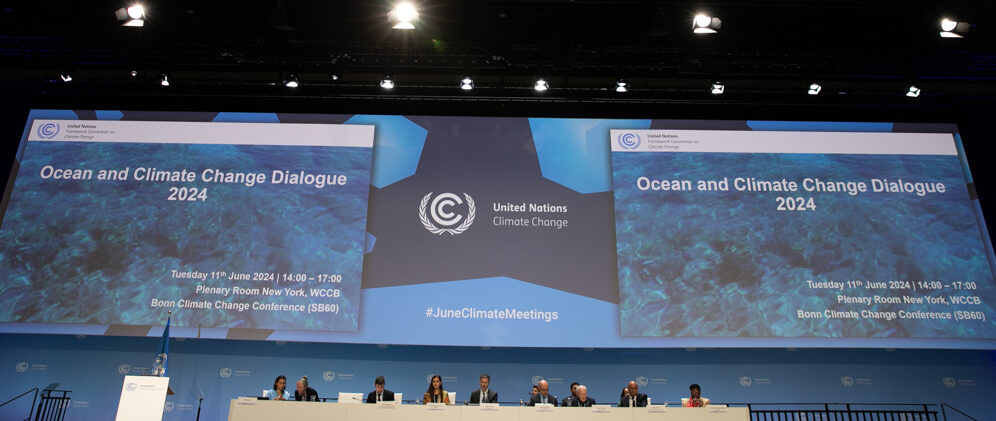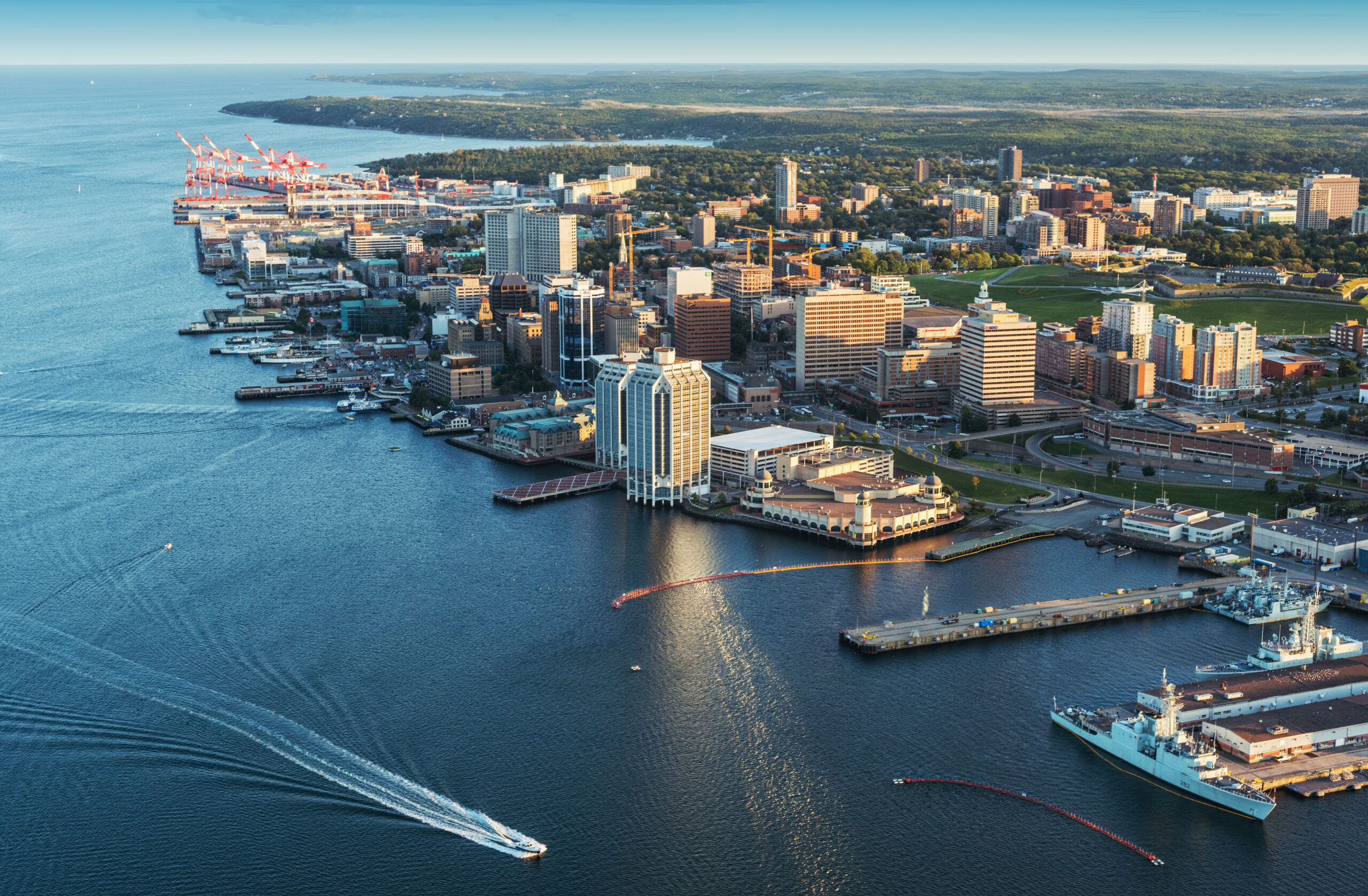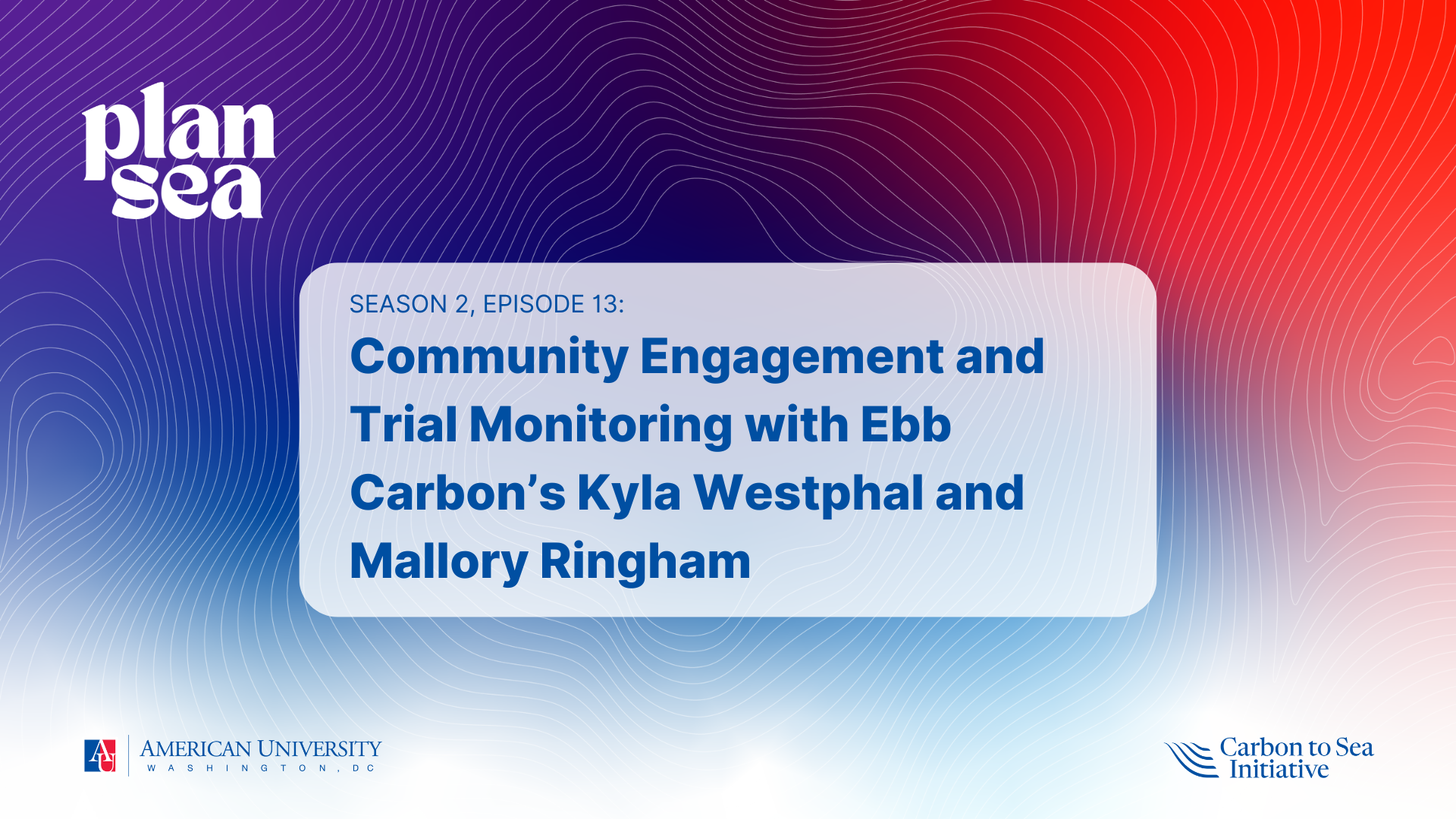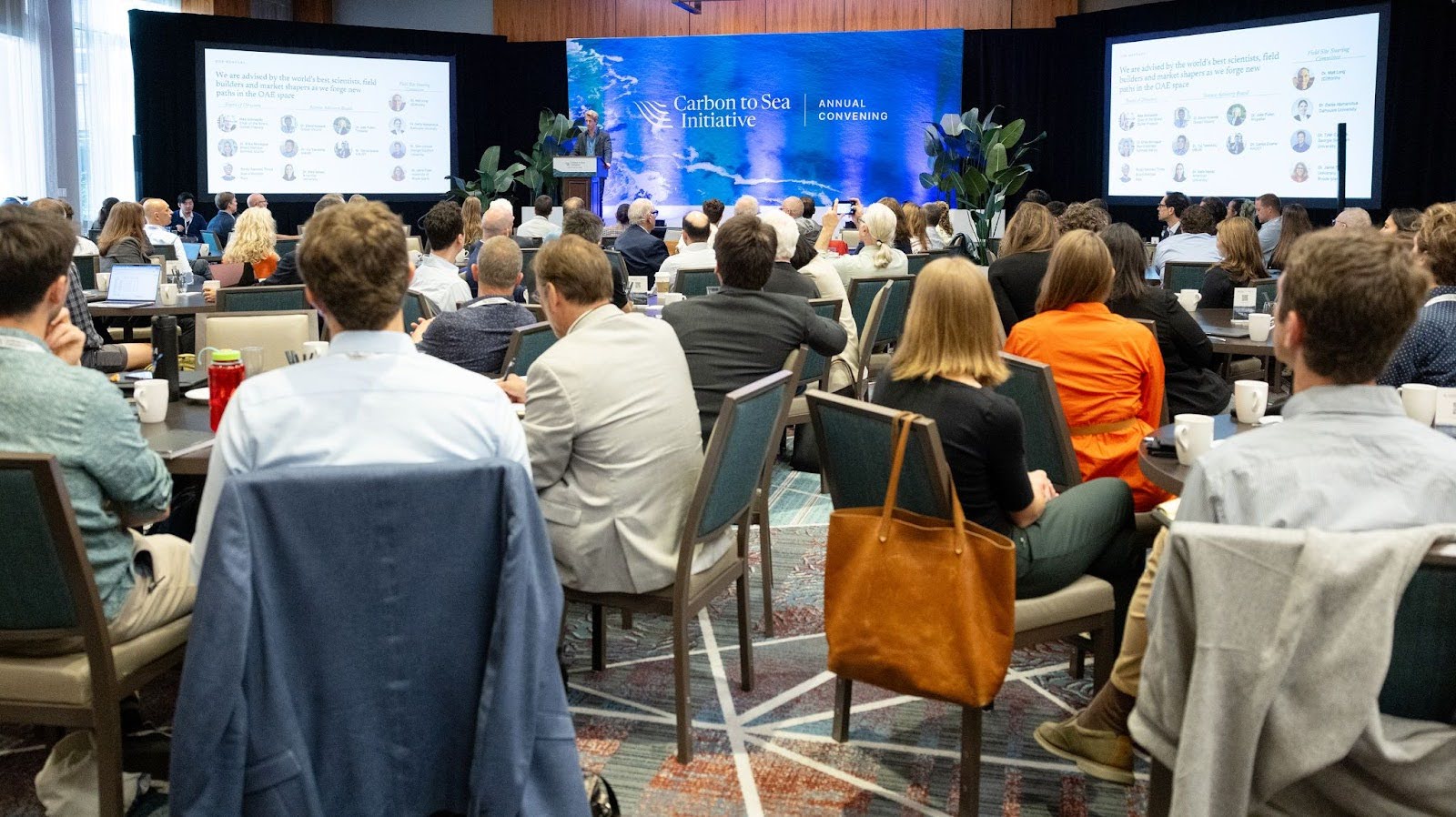A few weeks ago, the United Nations Framework Convention on Climate Change (UNFCCC) held a two-day Ocean and Climate Change Dialogue in Bonn, Germany to advance ocean-related solutions for climate adaptation and mitigation. The event brought together scientists, government leaders, funders and other stakeholders to share knowledge on marine biodiversity conservation, coastal resilience, and ocean-based climate tech. Despite this broad mandate, ocean-based carbon removal has yet to be featured among the key topics of discussion.
Carbon to Sea submitted a public comment for consideration by participants, highlighting the vast potential of ocean-based carbon dioxide removal (CDR) as part of a full suite of ocean-related climate solutions. As the dialogue’s participants compile its final report, we urge the inclusion and consideration of ocean-based CDR and ocean alkalinity enhancement (OAE), in particular.
The ocean’s natural ability to draw down carbon could be one of the most powerful tools to remove legacy emissions from our atmosphere. But we need to make progress in evaluating the most effective, environmentally safe, and scalable approach to enhance the ocean’s natural CDR ability. OAE offers the possibility of safe, durable, and scalable CDR that could help meet the Paris emissions targets in time to avoid the most disastrous effects of the climate crisis.
That’s why our public comment to the UNFCCC calls on participants in last month’s dialogue to bring greater attention and investment to three key aspects of ocean-based CDR: research and development; measurement, reporting and verification; and policy support and regulation of this emerging field.
Carbon to Sea is excited by the momentum on ocean-related climate solutions driven by this important event, and looking forward to continued engagement. Our full comment is available HERE.



